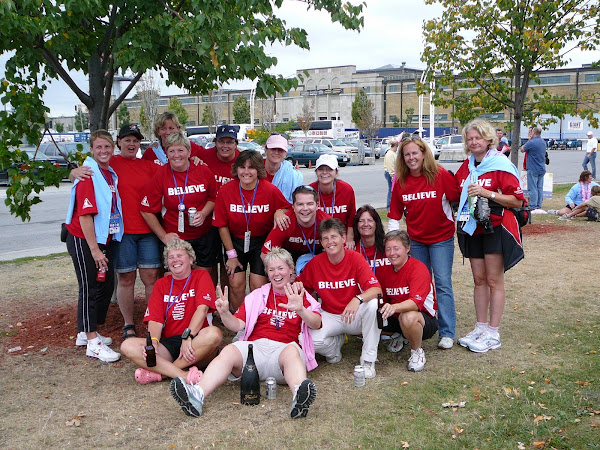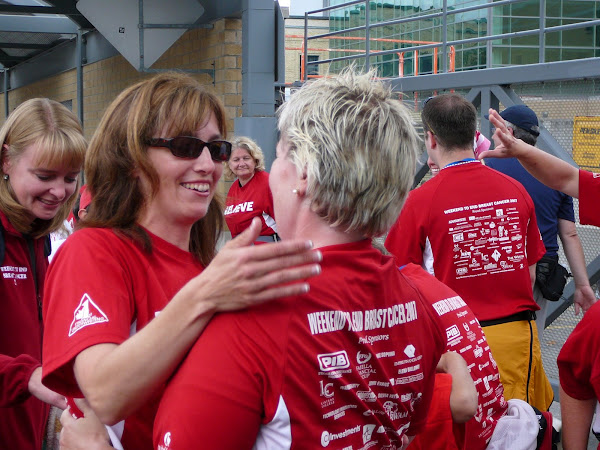Hello everyone,
Vancouver...easily one of the prettiest cities in Canada and the world. What surprised me was the population of Vancouver is only approximately 2 million people. This city which is 120 years old had it's humble beginnings from a fellow nicknamed "Gassy Jack". It seems Mr. John Deighton landed in the Burrard Inlet with his canoe and opened a saloon for the local lumber jacks and fur traders. Eventually, little stores and shops opened up around the saloon and soon "Gas Town" was starting to form. Gas Town is now a favourite spot for tourists visiting Vancouver and some say "Gassy Jack" is the founding father of the city.
Before "Gassy Jack" however, there was Captain James Cook who arrived in Vancouver in 1778 and claimed Nootka Sound for the British. The tribes of Musqueam, Kwantlen and Squamish lived in relatively peaceful co-existence until the European settlers claimed it for their own. In 1791, England's Navy Captain George Vancouver brought his ship HMS Discovery into the Burrard Inlet to chart the waters to help the explorers find their way for the NorthWest Passage. In 1808, a fellow by the name of Simon Fraser, was sent to set up trading posts which started the fur trade which was later followed by the gold rush. Gold was discovered in the Fraser River and within weeks 30,000 Americans came to the area looking for gold. With this influx of Americans the British got nervous and declared the mainland a British colony and in 1859 the first capital of the province was New Westminster.
Vancouver's Chinatown is actually older than the city itself. 1858 brought the first Chinese immigrants to the area looking for their pot of gold. Confederation for Canada was 1867 and in 1884 the Canadian Pacific Railway which officially united our country together, brought more Chinese immigrants to the area to build our railway.
In 1886, Vancouver was incorporated and had a population of 1,000. That same year the Great Fire of Vancouver nearly destroyed the town in 20 minutes and the people of Vancouver started to rebuild the city that same day. Some of those buildings built in 1886 still stand in Vancouver to this day. Something also that I found very interesting, was the first message to come across the newly installed telegraph lines was the assassination of Abraham Lincoln in 1865. Kinda of neat...unless you were Lincoln. World War Two helped the city grow again and in 1947, the Chinese Canadians and East Indian Canadians finally got the right to vote provincially. The Japanese and First Nations people had to wait until 1949 for the same right. Hard to believe that was only 58 years ago. Another claim to fame for Vancouver, is that it had a factory that was once raided for being the largest LSD factory in the world. Maybe that explains "Vancouver time".
Stanley Park, 1000 acres of parkland in the middle of the city. Absolutely beautiful. Originally a military reserve for the British it was named after Lord Stanley a Governor General of Canada. Also, known for his name for being on our most coveted prize in Canada...the Stanley Cup. In December 2006, a wind storm ripped apart the park and over 10,000 trees were lost in this beautiful park. To this day you can still see many of the beautiful trees that were destroyed in the park waiting to be cut up. Depending on who you listen to some of the trees in this park are anywhere from 800 to 1000 years old. It is very sad to see the destruction Mother Nature caused in 2006. It is a beautiful spot.
With love and thanks,
M.J.
Subscribe to:
Post Comments (Atom)































1 comment:
Hey MJ:
Great history lesson, I love reading what you write from your book. I've learned something new about each city.
Vancouver is a gorgeous place and have spent many hours exploring. Stanley Park is a haven. It really was damaged but will survive. Great place to relax and breathe deep. Have you noticed how many young, gorgeous bodies live and enjoy the great outdoors there? Adds to the scenery.
Love, Sylvia
Post a Comment